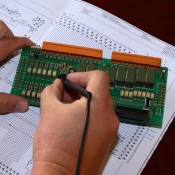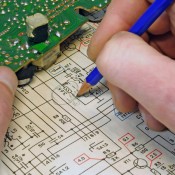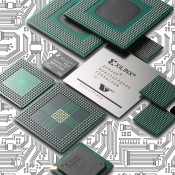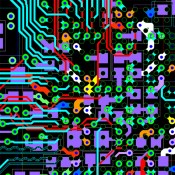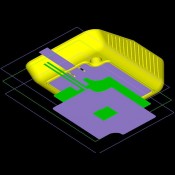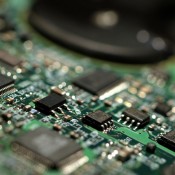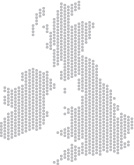FPGA/ASIC
During system design our engineering team are always looking for the optimum solution to meet functionality, cost, space and power constraints. In many cases the introduction of some form of programmable logic is the key to this process.
High End Systems
For complex systems high gate and I/O pin count devices can be an appropriate fit. In most cases a single device meets all the system logic requirements and this can also incorporate a processor architecture embedded in the FPGA along with Ethernet, PCI-e and other system interfaces. These complex devices can provide gate counts in excess of 5 Million along with 500 + useable I/O.
The provision of serial I/O hardwired on these devices can provide data rates in excess of 3Gb/s for demanding data intensive applications.
Migration
High volume products can take advantage of an FPGA for prototypes and initial production before migrating to a hardwired or ASIC solution once volumes and system design stability have been achieved.
For modest logic requirement a CPLD can provide a non-volatile ‘immediate on’ solution that can be very effective in small systems.
Technologies
We can support designs across the main FPGA / EPLD vendors including Xilinx, Altera, Lattice and Actel. The diversity of these architectures allows us to select the most appropriate technology for your systems design.
Design entry is performed using VHDL along with a suite of support tools for simulation, synthesis and layout.


